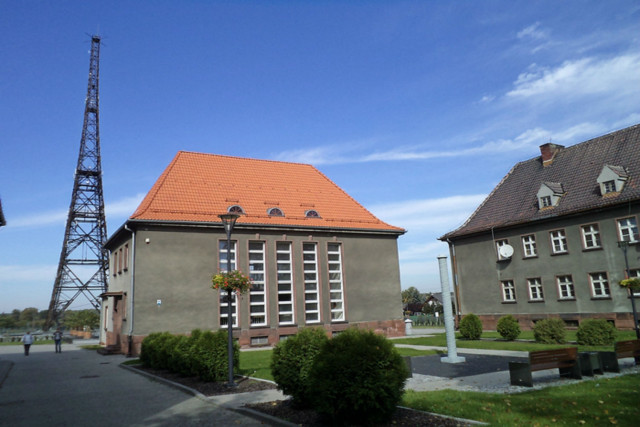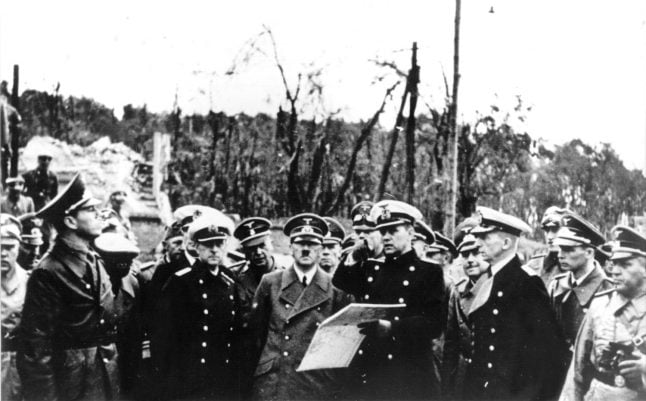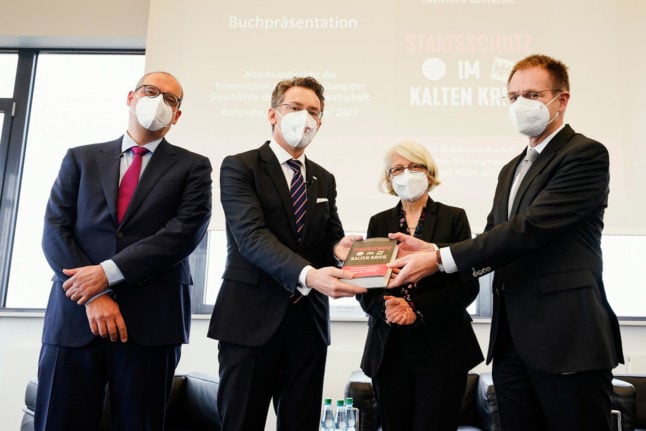Picture the start of the Second World War – the most devastating conflict in human history – and you think of tanks rolling across the Polish border in early September 1939.
How many of us, however, are aware of the fact that this was in retaliation for an alleged attack on a German radio transmitter?
Of course, it was nothing of the sort – what we call today a 'false flag' action. While almost everybody in Europe knew of Nazi Germany's desire to strike east, and grow their borders, the regime still needed an act of provocation as grounds for their invasion.
An SS squad, led by Alfred Naujocks, was dispatched to the border town of Gleiwitz (today called Gliwice) on August 31st. Their job was to make it appear as if Poles had attacked the station.
A short message condemning the Nazi regime was broadcast over the transmitter.
The bodies of several inmates of Dachau, who had been executed hours previously, were then left, dressed in Polish Army uniforms and with forged identify cards on their person.

The former radio station in Gliwice, Poland. Photo: Wikimedia Commons
The next day, the Nazi propaganda machine rolled into high gear. German and handpicked journalists were driven to the site and allowed to inspect it, albeit from a distance. Photos and newsreels were taken.
That day, September 1st, Hitler declared war on Poland in a speech before the Reichstag, alluding to the actions at Gleiwitz when he said, “Yesterday fourteen additional violations of the border were recorded, among them three of a most serious nature. I have therefore resolved to speak to Poland in the same language that Poland has employed towards us in the months past.”
Even before the speech, however, Wehrmacht tanks and troops, as well as Luftwaffe planes were streaming across the border from multiple directions, quickly overwhelming the Polish armed forces stationed there.
The Polish struggled gamely against the Nazi armed forces, but were entirely defeated by October 6th.
It was only after the war that the truth about what happened at Gleiwitz became widely known, as some of those involved were interrogated by the Allied victors.
Alfred Naujocks admitted that he had been ordered to stage the attack, before absconding to escape justice. Other pieces of evidence were turned up by intelligence services, and it soon became clear that the 'attack' was entirely fabricated.
Since then, various nations have fabricated similar 'casus belli', or justifications for war to further their aims.
It's worth remembering, however, that it was the Nazis who were the first to leverage broadcast media in a manner to so suddenly convince millions.



 Please whitelist us to continue reading.
Please whitelist us to continue reading.
Member comments